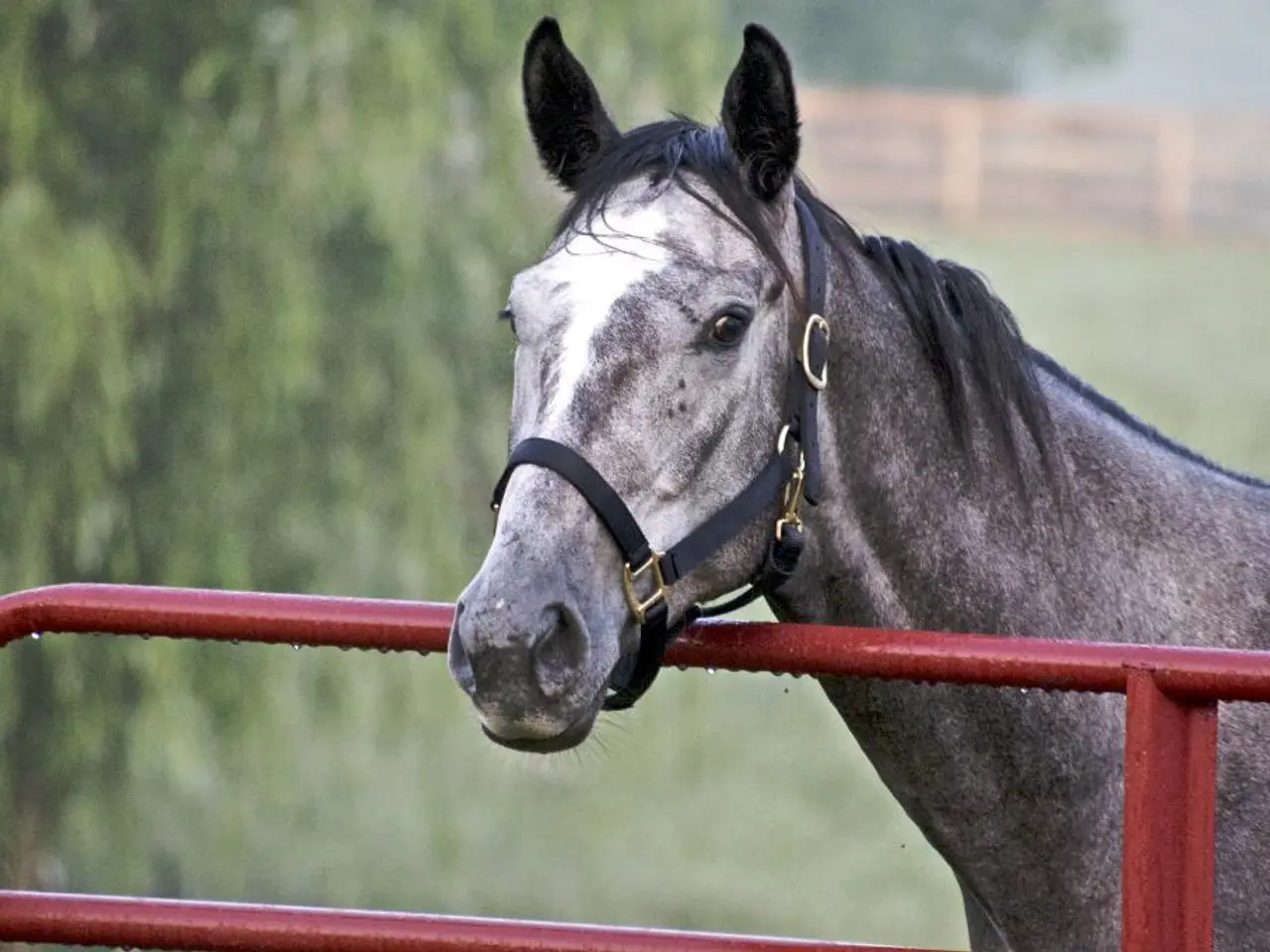US ranchers to gain access to virtual fencing technology through a new partnership between Halter and the federal land manager
The Bureau of Land Management (BLM) has entered into a partnership with technology company Halter, marking a significant step towards digital, flexible, and sustainable grazing management on public lands.
Halter, a pioneer in virtual fencing technology, currently works with 150 ranchers across 18 US states. The partnership aims to provide technical and financial assistance to these ranchers, as well as many more, using BLM-managed public lands.
Benefits for US Ranchers
For US ranchers, virtual fencing offers numerous advantages. With the ability to remotely set and adjust grazing boundaries via smartphone or computer, the need for building and maintaining physical fences is significantly reduced, resulting in cost savings.
The technology improves forage utilization and grazing efficiency by enabling precise control over where and when cattle graze, promoting better rotational grazing and increased stocking density. This leads to reduced feed costs and increased pasture productivity for ranchers.
Moreover, virtual fencing supports animal welfare. Cattle quickly learn to respect the virtual boundaries using sound and vibration cues, with mild pulses only rarely used.
Benefits for Public Lands
For public lands, virtual fencing unlocks the full potential of BLM-managed grazing lands, offering a modern, cost-effective way to manage cattle within permits across vast public land areas with less physical infrastructure.
The technology enables more flexible, responsive pasture management, adapting to seasonal and environmental changes, which enhances sustainable grazing practices. By reducing the need for permanent fences, landscapes can be managed as larger contiguous ecosystems rather than fragmented by fences.
Benefits for Wildlife and Conservation
Virtual fencing also offers benefits for wildlife and conservation. It can be used to create exclusion zones to protect sensitive ecological areas such as streambanks, reducing erosion and improving water quality without physical fence construction.
By allowing wildlife to migrate more easily across grazing lands, virtual fencing supports the conservation of wildlife corridors and biodiversity. The system facilitates improved soil health and overall ecosystem biodiversity through better grazing patterns and reduced land disturbance.
The partnership plans to assist numerous ranches across multiple states over the next year, demonstrating the potential of virtual fencing technology on public lands and paving the way for smarter grazing and thriving ecosystems.
The first ranch to receive funding from this partnership is Cotoni-Coast Dairies in California. The funds will cover the initial costs for ranchers to use Halter's system. This includes the wireless "smart" collars on cattle, connected to transmission towers, and an app to set boundaries, monitor herd activity, and keep cattle within the boundaries.
Cotoni-Coast Dairies grazes cattle on BLM-managed lands that are becoming part of the California Coast National Monument. This partnership not only benefits the ranch economically but also contributes to the conservation of public lands and wildlife.
Halter, with about 1,000 users in total, secured a $100 million Series D investment earlier this year, indicating a strong commitment to the growth and development of virtual fencing technology. The partnership with the BLM and the Foundation for America's Public Lands (APL) will make this technology available to more US ranchers, furthering the goal of sustainable grazing management on public lands.
Zachary Ormsby from the Bureau of Land Management stated that the partnership aims to create a blueprint for smarter grazing and thriving ecosystems. This partnership is a significant step towards a more sustainable future for both ranchers and public lands.
The integration of virtual fencing technology into grazing management by BLM and Halter offers an opportunity for US ranchers to experience cost savings through reduced construction and maintenance of physical fences, as well as increased pasture productivity and improved forage utilization.
This partnership also presents a modern, cost-effective solution for managing cattle on vast public land areas, fostering sustainable grazing practices, preserving ecosystems, and supporting wildlife and conservation efforts.




